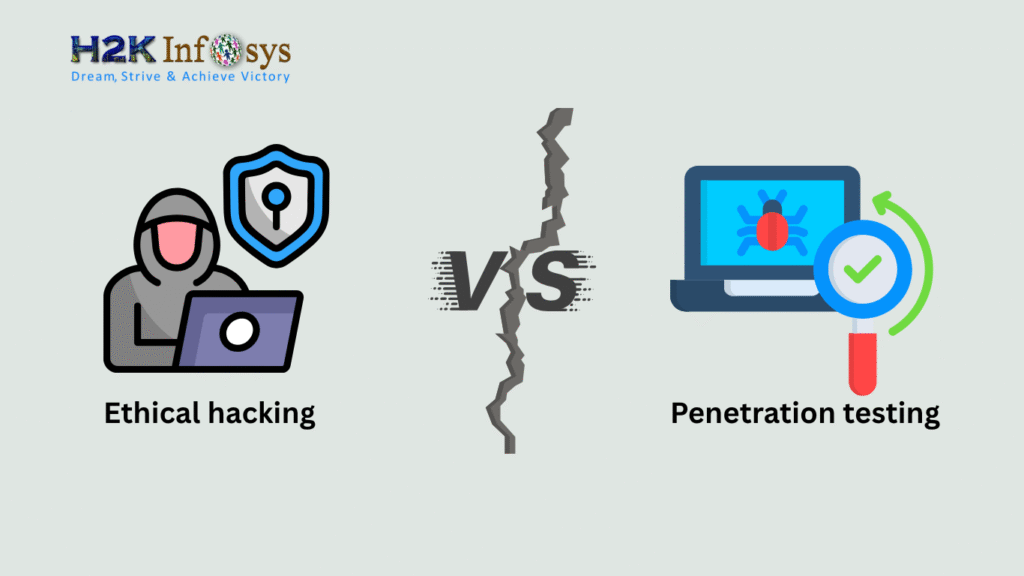In contrast to the past, when manual testers had to labor through test script execution, software developers now have the advantage of leveraging automation tools to run test case suites. Automation testing’s goal is to reduce the number of test cases that must be executed manually rather than totally replace manual testing. Automated testing speeds up test execution and makes it possible to swiftly test multilingual websites.
Selenium aids in automating test cases for Internet Explorer, Safari, Chrome, and Firefox. With Selenium, a test case can be run simultaneously from the same machine on multiple browsers. Additionally, it supports a variety of operating systems and languages.
You can learn more about Selenium and Automated testing by checking out the online Selenium certification course available. But here are some of the best practices when using Selenium for test Automation.
1.Data-Driven Testing.
Selenium is a good option if you want to use the same test and the same code for many inputs. It will allow both the development team and the QA team to make changes, so you can use it for both browser compatibility testing and system functional testing.
Customers are able to profit from Selenium’s framework as well. The client can launch test automation by utilizing a proprietary test accelerator. The length of the automation cycle will be shortened. The client can begin the automation process by choosing from more than 90 function libraries.
2.Make Use of Right Locators.
The Selenium framework’s fundamental function is to communicate with your browser, which enables you to inspect, type, and navigate a variety of objects using the Document Object Model (DOM). This is accomplished by a series of operations that make use of the locators CSS Selector, Name, Xpath, ID, Tag Name, Link Text, and Class.
Use Class and ID locators, for instance, if you don’t want to alter the code without the developers’ and testers’ consent. However, when a marketing team performs a test and the scenario is dynamic, use Link Text. The webdriver can also be navigated using XPath, as a final option.
3.Choose the Selector Order.
Because location-based selectors like XPath and CSS are used, choosing the selector order is crucial. Compared to ID, Name, and Link Text, they are slow. Particularly simple and direct way selectors are Name and ID. CSS frequently combines ID and Name. Contrarily, XPath ought to be the final option.
Here is an example of a reliable response: CSS; XPath; Links Text; Name; ID. This means that XPath should be the last selector after ID. XPath will take the longest to locate the second table of the three empty tables, and it might not even do so. As a result, XPath is chosen last and is fragile. Always use Name and ID along with CSS.
4.Don’t Depend on a Specific Driver.
Never put your trust on a single driver implementation. Recognize that the drivers may not be instantly available in all browsers. That is, a driver for Internet Explorer, Firefox, etc., won’t necessarily exist.
For instance, RemoteDriver will be received while running an integration test as part of the continuous Linux build. Using LabelledParameterized in Selenium (JUnit has @RunWith and TestNG has @Parameters), you can rapidly develop tiny frameworks.
Also included is ScreenShotWatchMan (JUnit @Rule, TestNG TestListenerAdapter listener>). To manage several browser types and prepare for simultaneous execution, use parameter notes.
5.Prefer Wait and Avoid Thread.Sleep
Utilize waiting time in the sleeping area. Learn to wait both explicitly and implicitly. Logic for Thread.sleep() as well. You’ll then understand why you should opt to wait rather than sleep.
Waits
Explicit Wait: Pause the code until a specific condition is met before continuing.
Implicit Wait: Until the search for an element is finished, WebDriver is told to poll the DOM. By default, the time is set to 0.
Sleep thread
Regardless of whether the working page is ready, the sleep() waiting period lasts for the number of seconds indicated in the brackets.
Now you see why waiting is preferable to sleeping. It’s because even once the task is finished, sleep continues to wait until the designated hour. But wait is wise enough to know how long to wait and when the action will be completed. Sleep will slow down the test, while wait does not affect the test duration.
6.Using PageObjects.
The ideal design pattern for test automation has grown in popularity: PageObject. It improves test maintenance and lessens code duplication. Additionally, the object-oriented class (OOC) serves as an interface to the application page that is being tested. Web pages are classified as classes, and PageObject is an object-oriented design approach. The variables are the various page components. As methods, user involvement is used.
Webpages = class
Variables = Different Elements on the Page
Interaction with users = Methods
The benefits of PageObject.
By providing resilience to modest UI adjustments, it aids in the creation of a solid framework. Page codes and test codes are distinct. Layout and locators.
- There is only one repository for all the services the page offers, so they are not dispersed throughout the test.
- They are dependable and simple to keep up.
- The script can be read. The code can be reused.
- It utterly eliminates duplicity.
Conclusion
There are various good online Selenium training programs available, but It is important that you master these best practices for Selenium before moving further. Selenium allows you to create a stable, true, and reliable UI automation process if you use it to its full capability. It’s up to you to stabilize the web test automation.
























